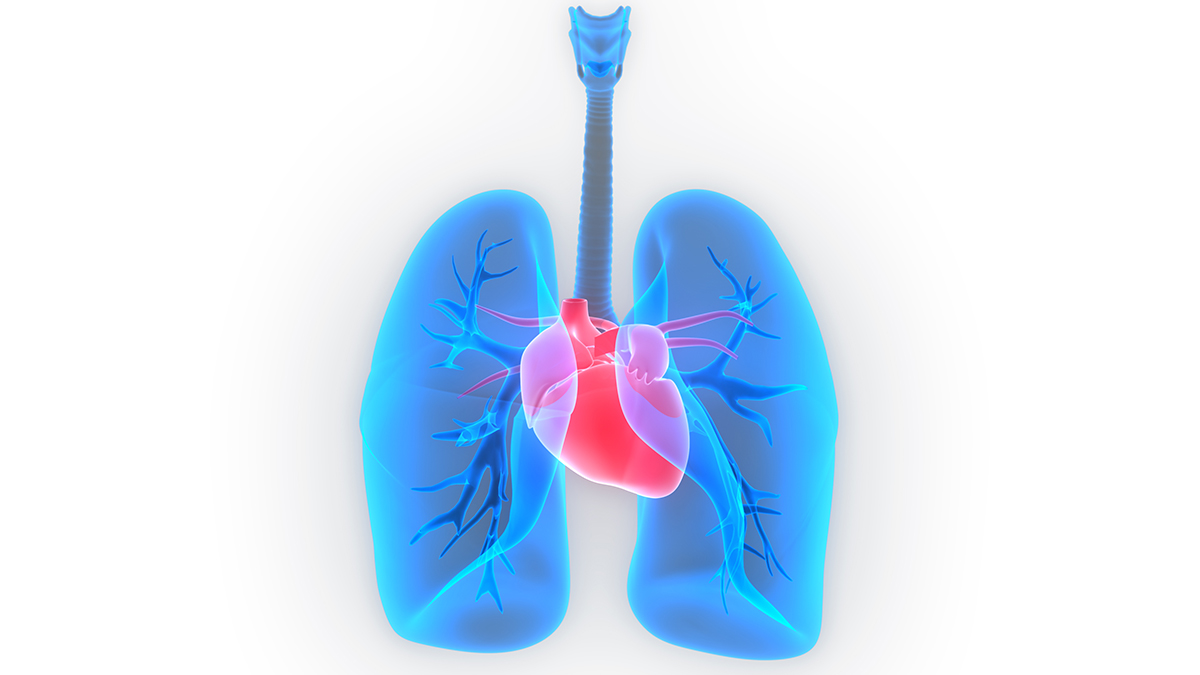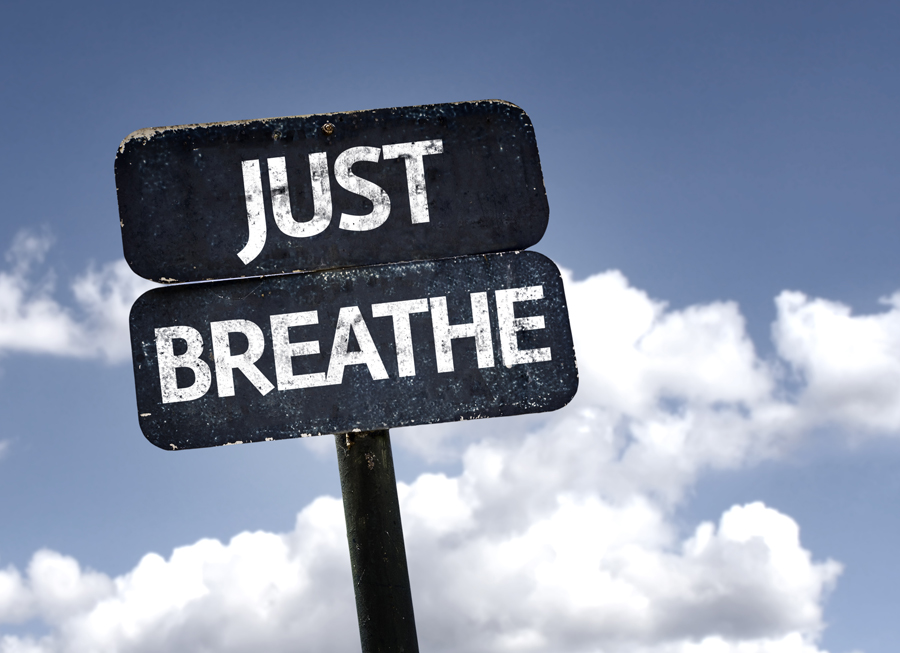The Secret To Improving Mental Health With Physical Activity
When I first entered the field of performance coaching, terms like building resilience, develop focused attention, manage sustainable energy levels and strengthen our emotional intelligence were sought after areas of development not only in elite athletic training; but also, executive development.
As the demands of life rise for our clients, the best way we can support them is by designing health and fitness routines that combine all the elements of health and performance. Our clients are seeking our expertise on how to “feel” better physically, mentally and emotionally. And the one tool that links the mind, body and brain is BREATH.





